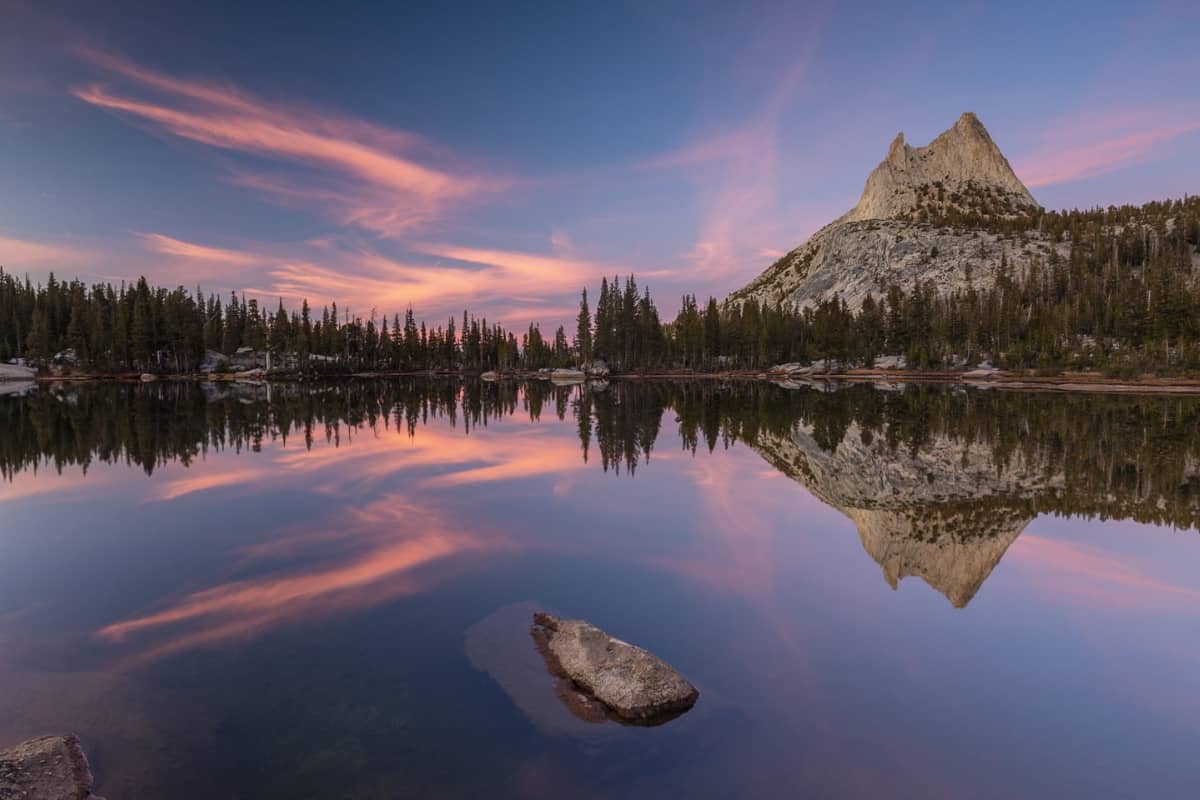Cathedral Lakes in Yosemite National Park is a stunning destination with pristine alpine lakes, dramatic views, and solitude that attracts hikers and backpackers year-round. However, while the serenity of this wilderness is inviting, it comes with a set of hidden dangers that can turn an unforgettable trip into a hazardous experience if visitors aren’t adequately prepared. This article explores seven hidden dangers at Cathedral Lakes, providing insights and tips to ensure a safe and enjoyable adventure.
1. High Altitude and Altitude Sickness
At over 9,000 feet in elevation, Cathedral Lakes sits at an altitude that can be challenging for many visitors. The thin air means that oxygen levels are lower, making it harder for the body to perform physical activities. Hikers may experience altitude sickness, which can manifest as headaches, dizziness, nausea, or shortness of breath. This is particularly concerning for those not acclimated to high elevations.
To avoid altitude sickness, spend time acclimating to the elevation by gradually ascending to higher altitudes. Drink plenty of water, take breaks, and avoid exerting yourself too quickly. If symptoms worsen, descending to a lower elevation is the best course of action.
2. Sudden Weather Changes
Yosemite is known for its unpredictable weather, and Cathedral Lakes is no exception. The high elevation of the area makes it susceptible to sudden shifts in weather. A clear and sunny day can quickly turn into a cold and rainy evening. Visitors may experience unexpected drops in temperature, especially at night, which can plunge below freezing, even during the summer months.
Always pack extra layers of clothing, even if the forecast predicts warm weather. Waterproof gear is also essential to prevent hypothermia, which can set in quickly if you’re wet and cold. Be sure to check the weather forecast regularly and consider setting up camp earlier in the day to avoid being caught in inclement weather.
3. Bear Encounters and Wildlife Safety
Cathedral Lakes is situated in Yosemite’s wilderness, a habitat teeming with wildlife, including black bears. While bears are generally not aggressive, encounters can still be dangerous, especially if food is left unsecured. Bears have a keen sense of smell and are attracted to food, toiletries, and anything with a strong scent. Unsecured food can draw them into campsites, posing risks to both humans and the bears.
The park provides bear-proof lockers at trailheads and campgrounds, and it’s crucial to use them for storing food and scented items. Never leave food unattended or store it in your tent, and always dispose of trash in designated areas. Following these rules not only protects you but also helps preserve the bear population by preventing them from becoming habituated to human food.
4. Remote Location and Limited Cell Reception
One of the appeals of Cathedral Lakes is its remoteness. The area offers peace and solitude, but its isolation also means that help may be far away in the event of an emergency. Cell phone reception is unreliable in the Yosemite backcountry, making it difficult to call for assistance if needed. This can be particularly dangerous in case of injury, getting lost, or encountering inclement weather.
Hikers should always inform someone of their travel plans before heading into the backcountry. Carrying a map, compass, or GPS device is essential for navigation in areas where cell phones may not work. Additionally, packing a first aid kit and knowing basic wilderness survival skills can be life-saving in emergencies.
5. Physical Demands of the Hike
The Cathedral Lakes Trail is a moderately strenuous hike with an elevation gain of about 1,000 feet. While it may seem manageable for experienced hikers, many visitors underestimate the physical demands, especially at high altitude. The thinner air can make even moderate inclines feel exhausting, and those not in good physical condition may find the hike more challenging than expected.
Preparation is key. Train for the hike by doing lower-elevation hikes with similar elevation gains. Carry plenty of water to stay hydrated and take breaks to catch your breath. If you’re not in peak physical condition, consider starting the hike early in the morning to avoid the heat of the day and give yourself plenty of time to complete the hike.
6. Slippery Trails and Rocky Terrain
The trails around Cathedral Lakes can become treacherous depending on the time of year and weather conditions. In the spring and early summer, snowmelt can make the trails muddy and slippery, increasing the risk of falls. In the late summer and fall, the rocky terrain can still pose hazards, as loose gravel and steep sections can cause slips and twisted ankles.
Good hiking boots with strong ankle support and traction are essential for navigating the terrain safely. Trekking poles can also help with balance on uneven ground. Be cautious on steep descents, particularly if the trail is wet or icy, and avoid taking shortcuts that can lead to hazardous situations.
7. Lack of Facilities and Resources
Unlike Yosemite Valley, the Cathedral Lakes area has no facilities, such as bathrooms, water stations, or ranger stations. This means hikers and backpackers need to be completely self-sufficient. Lack of access to potable water sources requires visitors to carry all their water or bring a filtration system for purifying lake or stream water. Additionally, without bathroom facilities, proper disposal of waste is crucial to maintaining the area’s natural beauty and reducing the impact on the environment.
Plan ahead by bringing enough food and water for your trip, and pack out all trash and waste. Follow Leave No Trace principles to minimize your impact on the wilderness, and always carry a lightweight trowel and biodegradable waste bags to dispose of human waste properly. This ensures that the area remains pristine for future visitors.
Conclusion
Yosemite’s Cathedral Lakes is an awe-inspiring destination, but its beauty comes with hidden dangers that every visitor should take seriously. From high altitude to sudden weather changes, and from wildlife encounters to the physical demands of the hike, these challenges can be managed with careful preparation and respect for the wilderness. By being aware of these risks and following the necessary precautions, hikers and backpackers can safely enjoy the stunning scenery and serene atmosphere that Cathedral Lakes offers. Always remember that Yosemite is a wild place, and preparedness is the key to a safe and successful adventure






